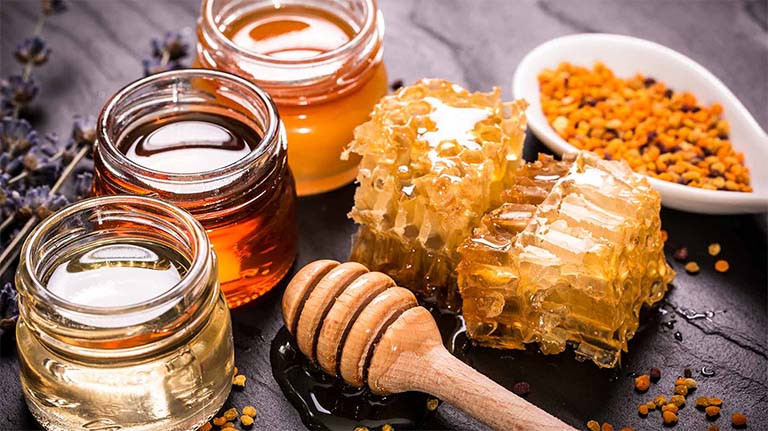Dear Gillian,
Archaeologists sometimes discover honey in ancient Egyptian tombs, and despite being thousands of years old, it remains safe enough to spread on your toast! I spoke with my friend Brandon Hopkins, a professor in the WSU department of entomology, to understand why honey lasts so long. He explained that honey is one of the few foods that never spoils.
Microbes are a major reason most other foods go bad. These tiny organisms, visible only under a microscope, include bacteria and fungi like mold. Just like us, they enjoy a good meal. Some microbes break down food, altering its appearance, smell, and taste, often making it moldy, mushy, or slimy with an unpleasant odor and taste. So, what sets ancient honey apart from the spoiled food in the back of your fridge?
The key difference is honey’s low water content. Bees collect nectar from flowers to produce honey. Nectar is quite watery, with up to 70% water content, while honey contains about 18% water. Bees dry out the nectar by fanning their wings, which circulates air over it and causes water to evaporate.

“Bees know when the nectar is ready to be called honey,” Hopkins said. “Once the moisture level is low enough, they seal each cell containing honey with a thin layer of wax. This keeps the honey stable indefinitely. If the moisture isn’t low enough, it can ferment and spoil.”
Hopkins mentioned that bees use their tongues and antennas to taste the nectar. The taste helps them determine when the honey is ready, and then they cover it with wax for winter storage.
Like all living creatures, microbes need water to survive. If they try to inhabit honey, there’s simply not enough water to sustain them. Another factor that deters microbes is honey’s pH level. The pH scale indicates whether something is acidic like vinegar, basic like soap, or neutral like water. Honey is acidic, which makes it an inhospitable or even deadly environment for most microbes.
Honey also contains a small amount of hydrogen peroxide. Some people use hydrogen peroxide to clean minor wounds or rinse their mouths because it kills certain microbes. Bees have a special pouch in their digestive system called the honey stomach. Proteins in this pouch and their saliva help transform watery nectar into thick honey, releasing hydrogen peroxide in the process. This gives honey an extra microbe-fighting boost.
In fact, honey’s ability to repel microbes has made it a traditional medicine for treating wounds and preventing infections. Archaeologists have unearthed ancient prescriptions for honey and even found an 8,000-year-old stone painting depicting humans gathering honey.
Hopkins notes that you might notice crystals in your honey. This is normal and doesn’t indicate that the honey has gone bad. You can eat crystallized honey or gently warm it to dissolve the crystals and restore its smoothness.
Now that’s truly sweet!
Sincerely,
Dr. Universe
